Bric-a-Brac 37
Destinations that inspired Patina Modern, our new favorite design bible, and the coolest sounding artist retreats around the world
ARMCHAIR TRAVELER
We’re so excited about Patina Modern: A Guide to Designing Warm, Timeless Interiors by our dear friends, Pilar Guzmán and Chris Mitchell, coming out next week! As one of the most elegant and also down-to-earth couples we know, it’s logical that their design philosophy is that spaces should be both beautiful and lived in, for which they’ve honed a playbook for mixing modern design with timeworn materials like bridle leather, natural brass and white oak. They are also exceedingly well traveled—Pilar being the former editor-in-chief of Condé Nast Traveler, and Chris a longtime publisher at Condé, who toted his Rimowa carry-on from Tokyo to Taormina—and are global collectors and hawk-eyed observers of great design. They’ve been known to check out of a hotel they have just arrived at if it is aesthetically perturbing (and always manage to locate the most amazing Plan B). So we were of course interested to hear about a few of their favorite spots that over the years have helped hone their design aesthetic, which we asked them to share with us.
You can preorder Patina Modern here—it’s out next week!
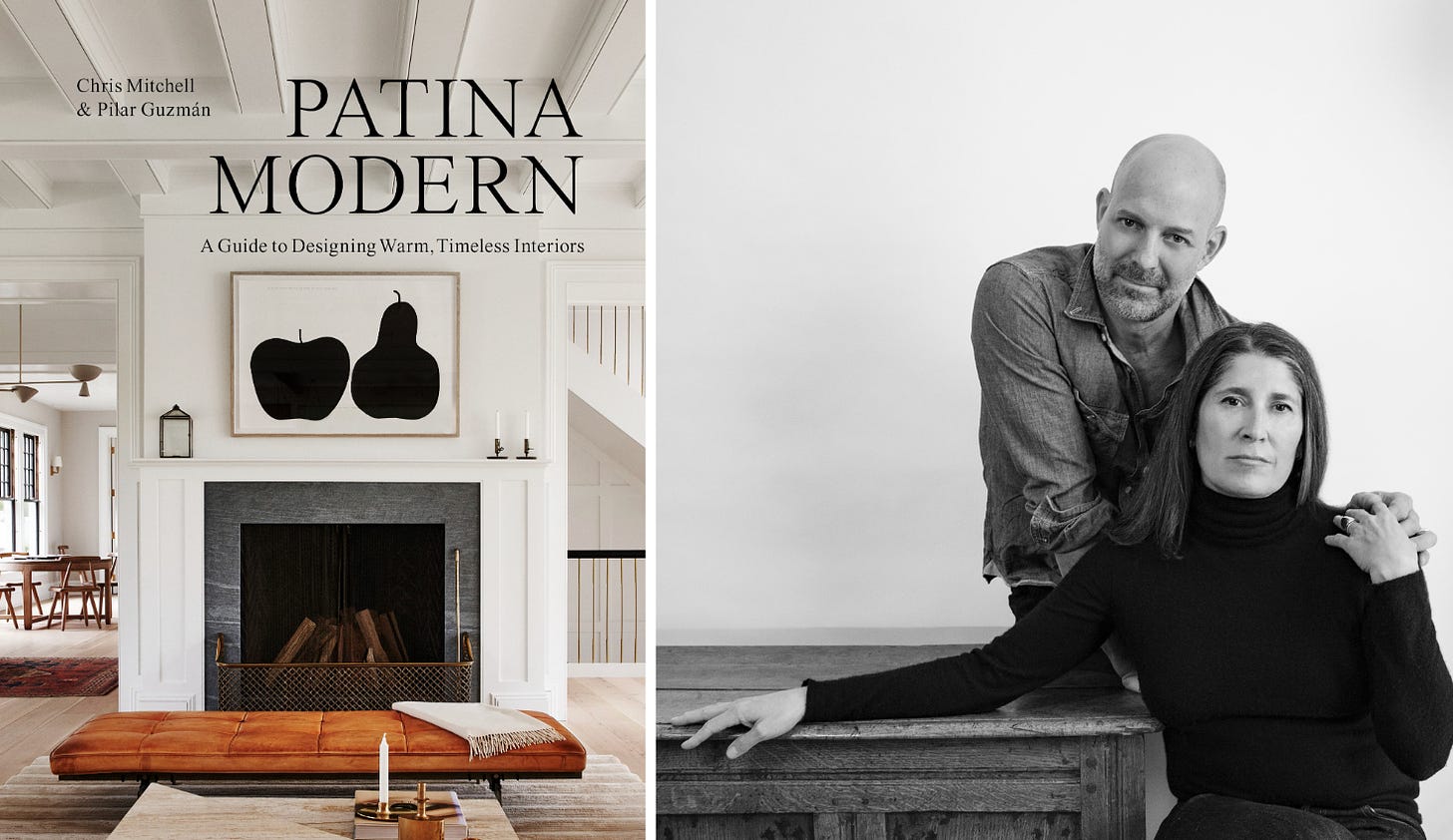
GLOBAL PATINA
By Chris Mitchell and Pilar Guzmán
Patina Modern was born of the idea that after multiple gut renovations and years of collecting, we had some hard-won wisdom to offer the design-obsessed. Our philosophy is inspired by iconic homes and other designers, but also by the magical spaces we come across in our travels. It’s not that we have found any one place that hews exactly to our design sensibility, but we have borrowed plenty of ideas and applied valuable lessons learned from our favorite spots. Herewith, our top 5:
“You can make the old new again.” 7 Rooms Villadorata. Noto, Sicily.
When we first saw 7 Rooms, not fully aware that the name is also the hotel’s actual key count, we were struck by how effortlessly the owners seemed to update a baroque palazzo for the 21st century. We were especially inspired by how well they made an historic building fresh and modern without having to resort to the cliches of modern furniture, or renovations that lean on glass and steel. Here, the original frescos, woodwork and time-worn stone floors remain as is, accented with traditional furniture silhouettes and acquired antiques that are arranged in a spare, inviting, dare-we-say modern, composition.
“Embrace the multi-hyphenate space.” La Mercerie Cafe. Roman & Williams Guild, New York.
So many of our renovations have been about taking room layouts of the 19th century and adapting them to the way people live today. Our biggest takeaway is that single-purpose rooms are often the least loved in a house, simply because they demand such specificity of use. Instead, we embrace the kitchen that’s also a living room, the bathroom that feels like a drawing room, the dining room that's a study. And no space does this more successfully than La Mercerie, the Soho cafe (and adjacent home store) by design duo Robin Standefer and Stephen Alesch of Roman & WIlliams. It’s got cafe charm for days, but also feels somehow both like a classic Parisian brasserie and a chic hotel lobby bar. Long, back-to-back banquettes, lofty painted millwork—basically the perfect alchemy of hard and soft that makes it both grand and intimate.
“Your limitations are your freedoms.” Nour el Nil, Nile River, Egypt.
In at least one way, overhauling an old house is exactly the opposite of building from scratch. In the latter, the promise and problem is that your blank canvas is both freeing and terrifying. But with historic renovation, you’re stuck with a bunch of existing quirks that you have to accommodate. As it turns out, for us this is the fun part, because these constraints have proven to be our greatest gifts. Like the adage, “necessity is the mother of invention,” limitation is the spark of solution. But dealing with the confines of designing a hotel out of a barge is truly next-level. And no one has risen to the creative challenge like Nour El Nil. A collection of historic dahabiyas, this Nile cruise brand makes for an unforgettable experience. Just ten cabins on our vessel, arranged down a central hallway on the lower deck. And one large, wood-planked upper deck, dappled with shaded sunlight and broken up into multiple “rooms” of daybeds, a chef’s table, and other places to rest, read, sip a beer and dream as you drift down the Nile under the giant red and white striped sails. The limited palette and simple menu are chic, modest, perfect.
“A sense of place is a relative thing.” Hotel Esencia. Tulum, Mexico.
A large part of our design language is about mixing periods and styles. We think ‘40 French marries beautifully to ‘70s German, and weirdly might be in a love triangle with Georgian-period English. Our only rule is that too much of any one thing becomes a bore. In our travels, therefore, we don't want a Baliese hotel that hits you over the head with a solely tropical vibe any more than we want a Paris hotel that is full-look Louis XVI. Hotel Esencia was a wake up call, and not just because it steered clear of the Tulum cliches. It somehow made mixing Pierre Jeanneret’s french modernism with hand-loomed Mexican textiles feel totally obvious. This small hotel, with its perfect Oaxacan pottery coffee service, tented white bedding, and languid ocean breezes, is timely, timeless, and exactly at home.
“Lean into your Narrative.” Malibu Beach Inn. Southern California.
We favor historic houses for our projects because their age tells a story—from porches closed in for year-round use, rooms and wings added on for a growing family, details added or changed to meet the prevailing style of the day. It’s a tale of evolution, of the house conforming to the needs of its owners over generations. In our work, we try to honor that history, and we will even invent one when the house seems to have lost (or won’t reveal) it’s past. This is why we love Malibu Beach Inn. Tucked into the prestigious strip of land between the Pacific Coast Highway and Carbon Beach, the hotel leans hard into its Malibu narrative. While it’s a mere dozen miles from LA, this beach community was always a more rugged, bohemian cousin. Malibu Beach Inn celebrates that low-key luxury, with sheepskin Arnold Madsen Clam chairs, reach-out-and-touch views of the Pacific from every room, and a dining terrace cantilevered over the surf that begs for a chunky sweater and a glass of wine. In all, it’s an immersive getaway that belies its proximity to the rest of the LA madness.
“Lighting is everything.” The Connaught Bar. Connaught Hotel, London.
After a few times at our Brooklyn house for dinner, a couple who are old friends finally pulled us aside to ask, “How do you get the lighting to glow like this?” The short answer, and a perennial tip of ours, is alliteratively easy to remember: Lots (a dozen sources in a single room is not uncommon), Lateral (sconces, lamps, and accent lighting that hits you at or below eye level from all sides), and Low (warm, sub-3000KW bulbs–or nothing higher than a 25-40 watts if you still use incandescent). We learned this, of course, from asking ourselves the same question about our favorite bar in the world, The Connaught. The masterpiece of the late David Collins, The Connaught Bar is the single glowiest room we’ve ever been in. It shimmers without shining, it emanates indirectly without being too dim, and it creates the sexiest, most glamorous vibe.
MOODBOARD
This instagram account is making our week!
Planning ahead for these Sandhill Crane migration weekend retreats next spring!
500,000 free airline tickets to Hong Kong!
Hacks for staying well on the road, from this flight attendant.
Transport yourself through the rooms of the Museé D’Orsay or to the steps of Macchu Picchu, or, guilt-free screen time with kids.
THE NAVIGATOR
Geetika Agrawal, Founder and CEO of Vacation With An Artist (VAWAA)
Tell us about you and your company.
VAWAA is an online platform that offers mini-apprenticeships with curated master artists all over the world. From Buddhist Rin bell making in Japan (with one of only ten remaining Japanese masters), to pottery in Spain, to bamboo crafting in Nepal, to stone sculpting in Mexico. Currently, there are 114 artists in 26 countries.
Our intention is to transform the world through creativity. We see meaningful hands-on cultural immersions as the ultimate antidote to mass tourism. We want to help people everywhere reconnect to their creative purpose and local communities during their travels. In addition, we want to provide a global platform for master artists to teach and help in the preservation of their craft.
As a young architecture student in India, I spent my summers working with master artists and makers all over India. I learnt way more about myself and the world in those few days than “school.” I left feeling inspired. It shaped how I traveled for the next 20 years. Fast forward to 2015, I was designing products at a digital agency in New York.
I noticed a few emerging trends—people wanted experiences over things, they wanted to disconnect with tech and connect with their hands, and immerse in creative communities. This led to the creation of VAWAA.
What’s the entry level to talk to you?
VAWAA is for everyone—creatives and those who do not consider themselves creative. The only requirement is an open, curious mind.
VAWAA can cost anywhere from US $260 – US $3,200 for a weeklong private apprenticeship. Accommodation and meals with the artist are included in some cases. Flights are not included. You can see all the artists on our website.
What is the sweet spot of your expertise?
We bridge the art world with hospitality, wellness and learning. We think we are the only global platform that is curating global craft masters in 26 countries, across different artforms for deep 1-1 cultural and craft immersions. Individuals can reconnect with themselves and the world around them, have an authentic travel experience, ignite or hone a passion, get fresh inspiration, and so much more. Our global community is primarily made up of creatives, adventurers, curious minds and heart-forward humans. You can join by subscribing to our newsletter.
A favorite experience/trip you’ve planned that best represents your philosophy…
Oh, this is a tough one! It’s like asking a mother about their favorite child :). I can honestly say that all artists and their VAWAA experiences represent our philosophy of great craftsmanship, cultural exchange, openness and warmth. We are very discretionary in our curation.
I’m looking forward to my next VAWAA – Ebru Painting in Istanbul with marbling artist Silvia Bener. It is mesmerizing and meditative to create paintings on water, and provides a unique insight into the Turkish arts and culture. I’m also looking forward to Silvia’s warm hospitality that makes all guests feel so taken care of with homemade meals and local adventures. Read the reviews on her page; they are heartwarming.
A favorite hotel/lodge/house you love and go back to again and again…
I don’t have a favorite hotel, but I love staying with the artist in their home during the VAWAA experience, especially if it is set in a remote area surrounded by nature. It is a lovely way to slow down, create and connect deeply with the artist.
I can’t wait to stay at the beautiful homes of paper sculptor Iria in Galicia, Spain, with her pet donkey, Luca; felting artist Marjolein in Quebec, Canada surrounded by dense forests; and writer Duc in Vietnam, with an infinity pool overlooking the tree canopies.
The most memorable meal you’ve had while traveling…
Home-cooked meals by locals are always my most memorable meals. I love volunteering to be their sous-chef, helping them with shopping and cooking. It is the stories that go along with the meal that make it memorable for me.
A not-to-be-missed favorite experience in your region of expertise…
There are so many, it is hard not to sound annoying. I’d say don’t miss the opportunity to learn natural dyeing with Hanoi’s leading textile designer and local indigenous Nung women in Northern Vietnam. You’ll learn how to harvest indigo, make dyes, then weave & dye your own textiles alongside indigenous ethnic minority women, all in the stunning Cao Bang province.
Another one would be creating a mural of your imagination on the streets of Buenos Aires with an urban art legend, and one of the city’s top street artists. It is not often you get to leave your mark on the city, legally.
What is a place we should consider traveling to that could really use our dollars, and what is a place we should put on hold because, even though we love it, it sees too many tourists?
I am not so concerned about the places we travel to. I care more about who and how we spend our dollars when we travel because that has a much bigger impact on a place long term.
I believe we should spend our dollars on things that allow local communities to preserve the very culture that we feast on when we travel. Instead of buying cheap souvenirs that end up in landfills, could we buy well crafted goods made by local artisans that can help extend the life of that craft? Instead of hopping from one tourist attraction to another, could we seek slower experiences that allow us to go deeper into a culture and truly understand it. It is also more sustainable and doesn’t burden the community with our excess demands and needs.
As a traveler we don’t need to stop going to places (except in certain cases), but we could be more mindful of how we travel.
Underrated location, overrated location, personal favorite, recent discovery?
Guadalajara, Mexico; Edinburgh, Scotland; Slovenia and Japan; Socotra Island in Yemen….I cannot wait to see the Dragon Blood Trees!
The hardest-working item you always pack…
Packing cubes. They help me fit everything in a carry-on so I never have to check-in my bags.
What is something you wished we all knew or were better at as travelers?
We don’t need to plan our itineraries to the T. My favorite experiences are the spontaneous ones that leave room for the unexpected. I know that can feel daunting to some, but thanks to our phones, it is a lot easier and safer to be more adventurous.
It is how I met some of the most interesting locals, discovered hidden craft studios, had the best meals and conversations.
How do you want people to reach out to you?


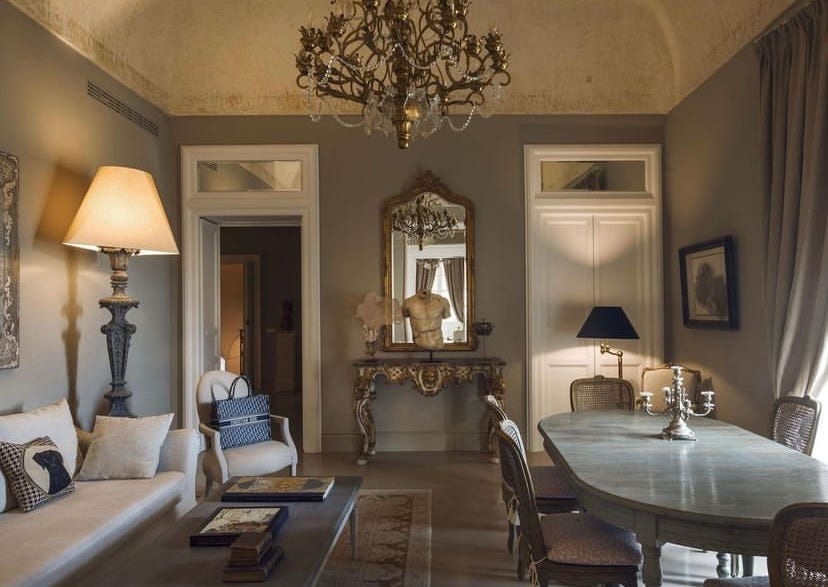
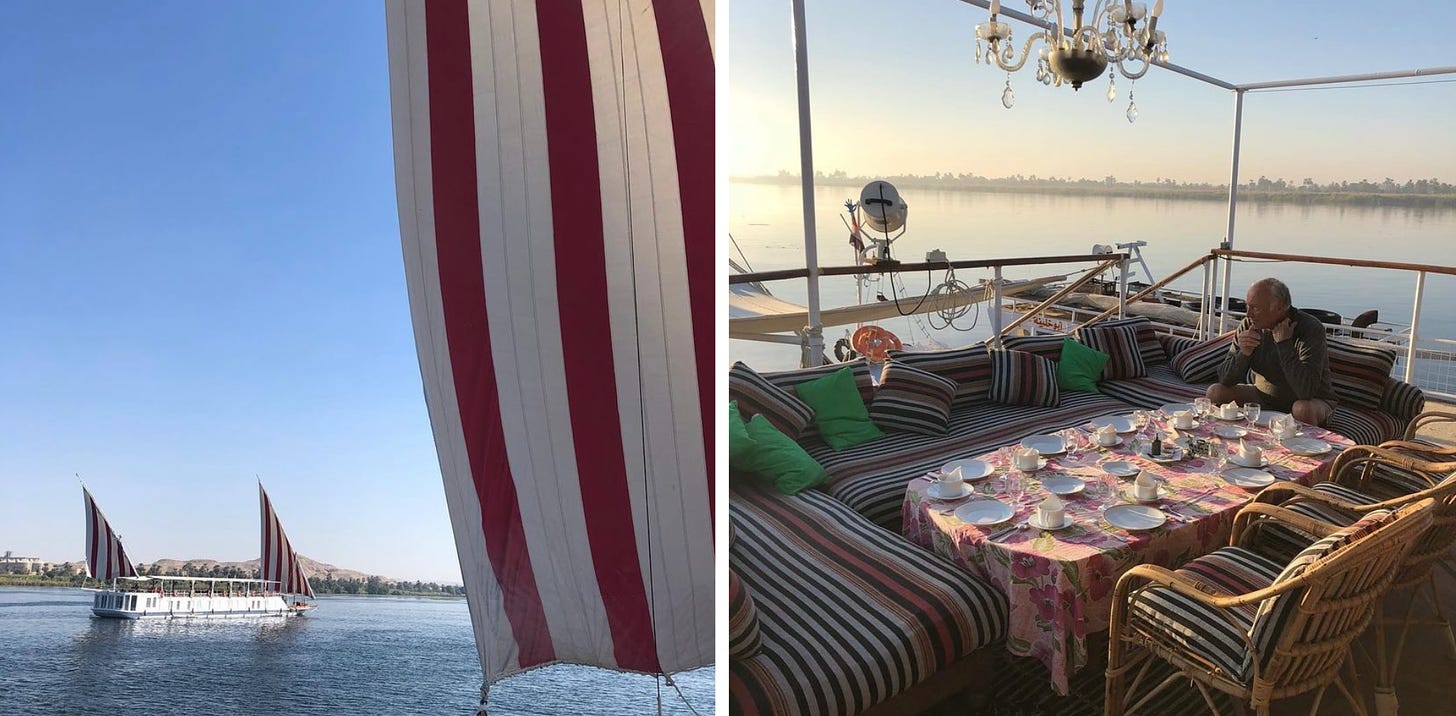
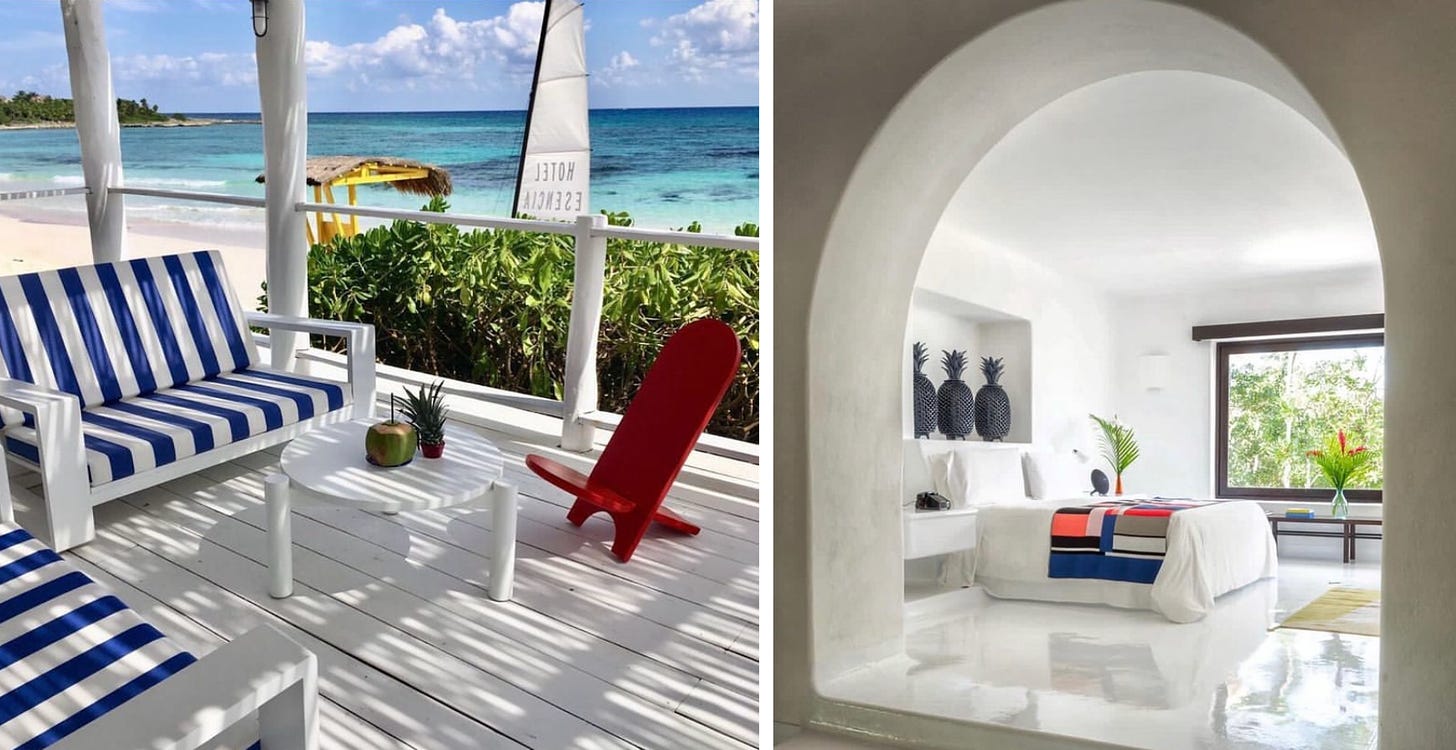
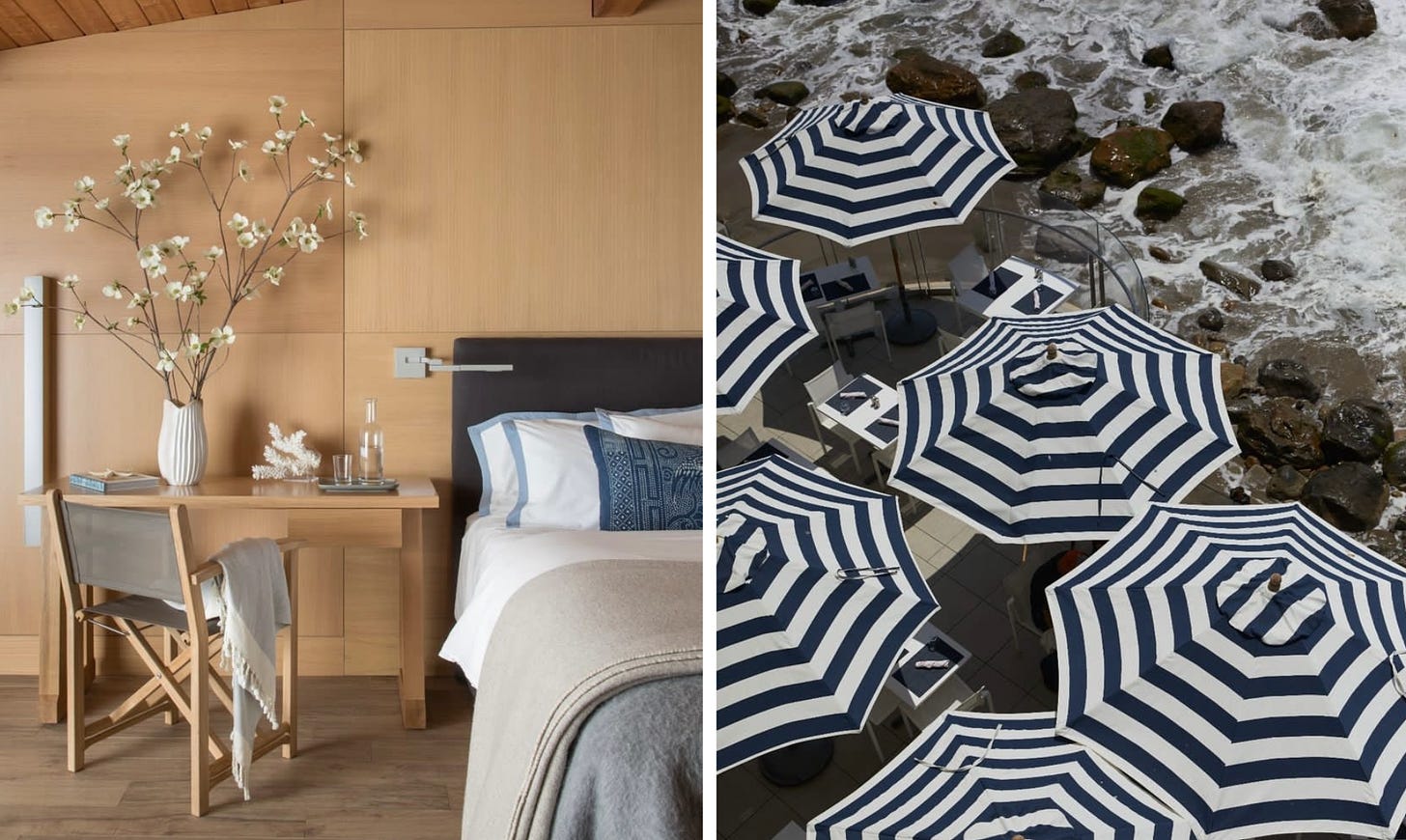
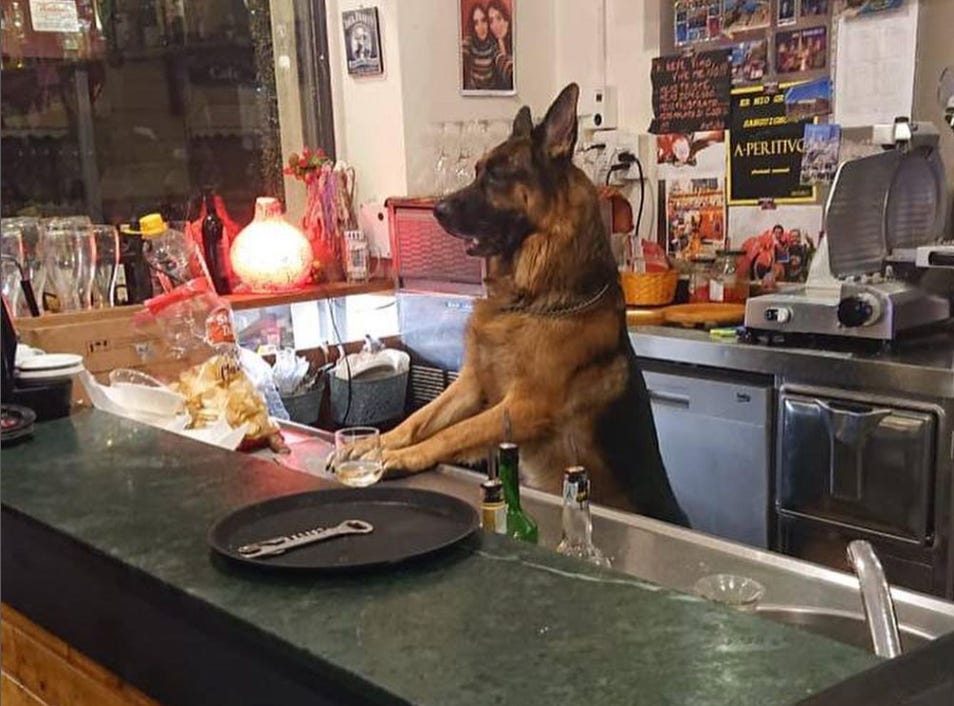
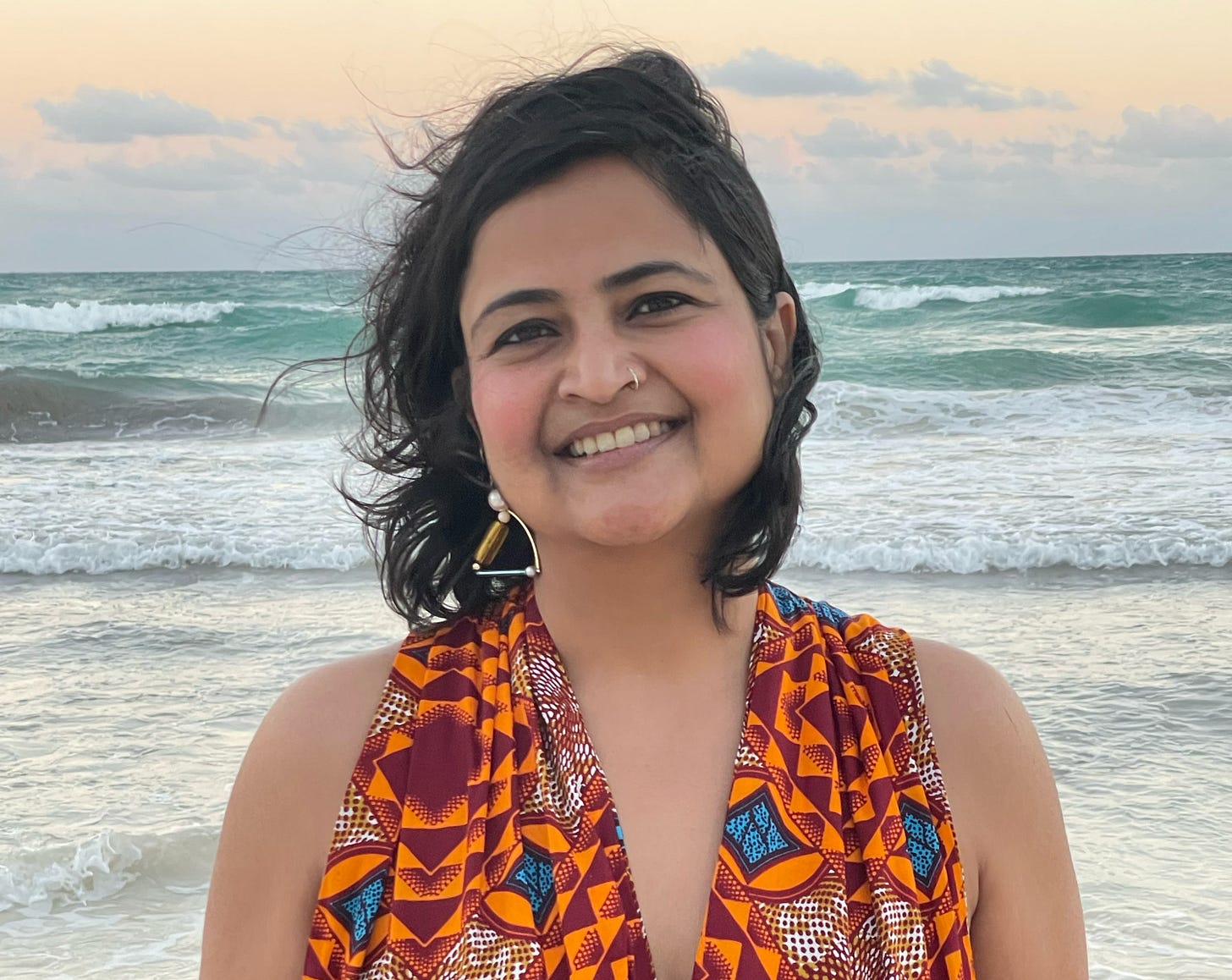
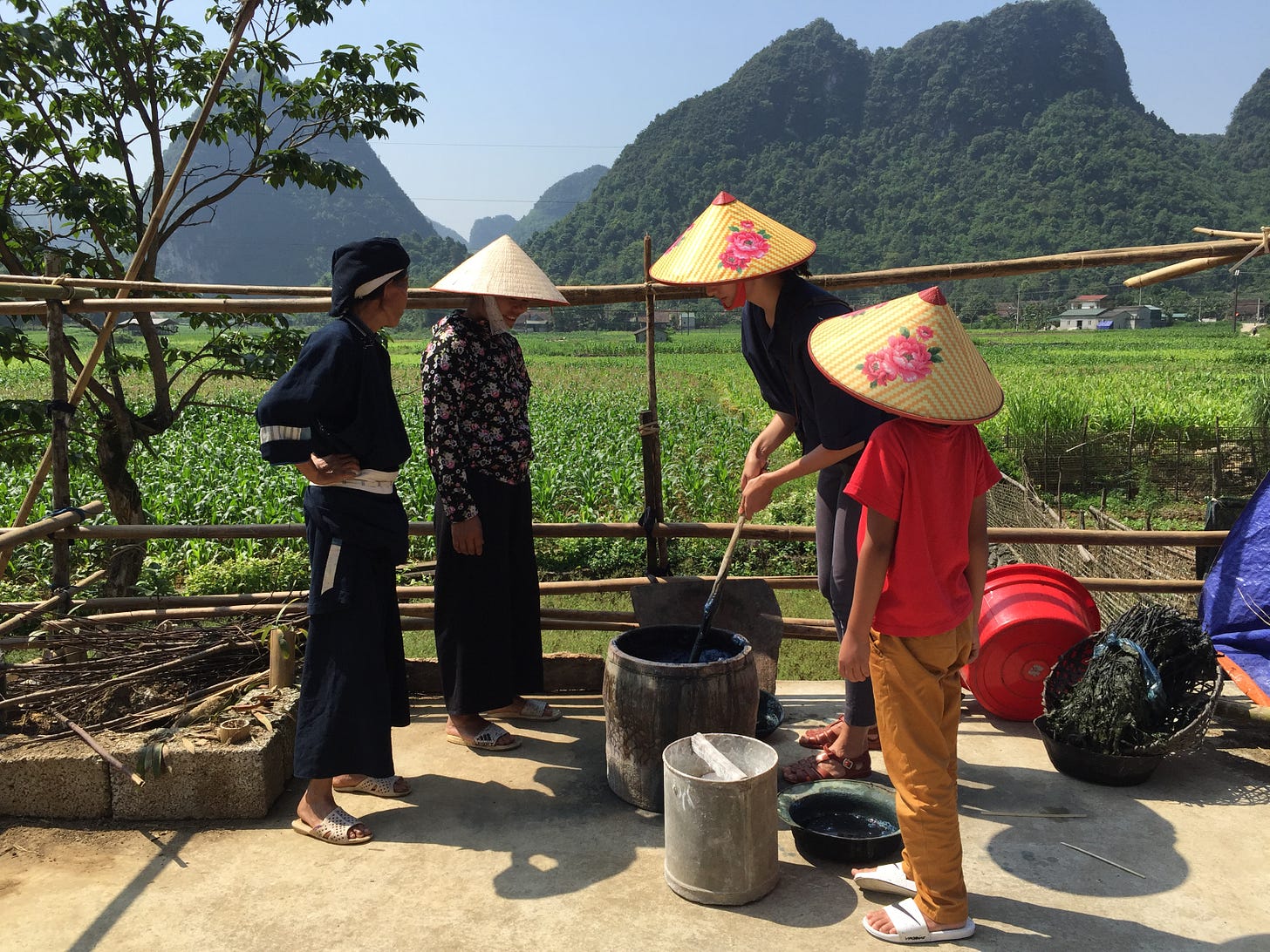

Yolande, I'm so stoked to see you featuring Geetika's company! We worked together in advertising and I'm so happy to see her succeeding! And also stoked to see like minds connecting, feels very synchronistic!
Keep sharing all your secrets, I love it!
thanks!
Mackenzie